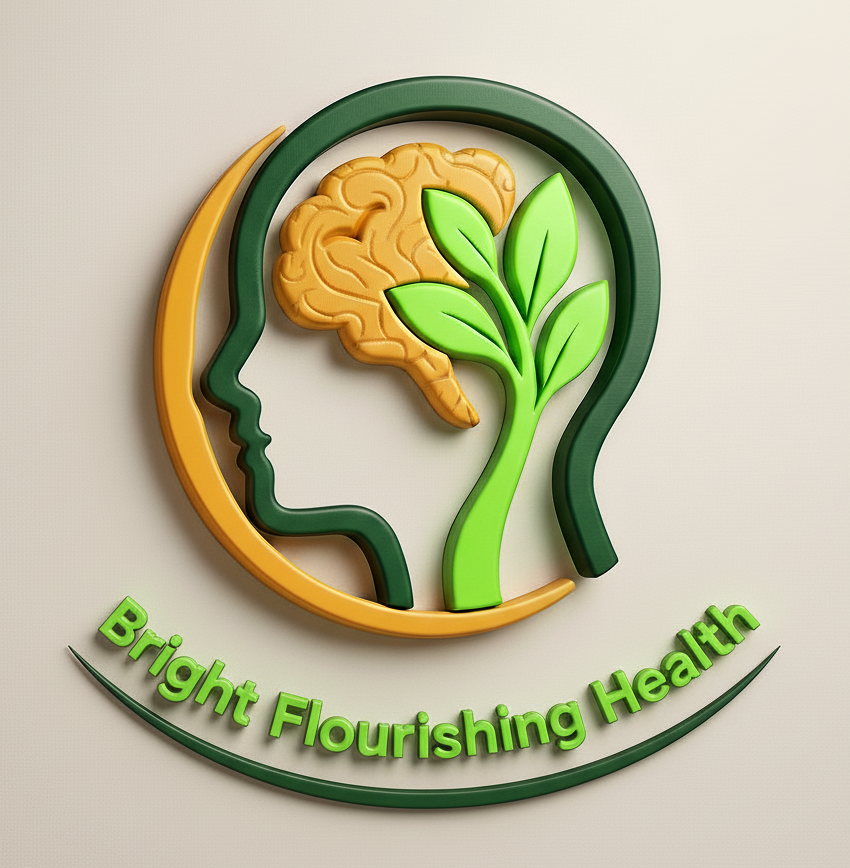High Quality Connections (HQCs) are mutual interactions that make you feel seen, positive, uplifted and engaged. HQC offers emotionally supportive, trusting, and consistent relationships that foster psychological safety and healing. They tend to most commonly occur in ongoing relationships such as with family, friend and other loved ones. However, HQCs can occur with anyone and be verbal or nonverbal and are even possible to be formed in very brief interactions with other. Fostering HQCs can be as simple as being present with someone, listening actively, offering empathy, or showing appreciation. These connections, whether fleeting or ongoing, are specific and precise, very focused, and rooted in meaningful engagement. HCQs have a significant impact on individuals’ emotional and psychological resilience, especially in the face of traumatic stress. HCQs impact physiological responses such as stress regulation, immune function, and brain chemistry. When we experience HQCs we become physically and psychologically healthier.
HQC is based on 4 core principles of mindfulness, empathy, gratitude and respectful engagement.
Mindfulness principle of HQC focuses on intentional, non-judgmental awareness of the present moment. Practicing mindful listening in conversations, using breathing techniques before responding in conflict, and Daily 5-minute breathing check-ins are examples of HQC mindfulness.
Empathy principle of HQC is based on the ability to understand and feel what others are experiencing. Reflective listening during stressful times, validating others’ emotional experiences, encourages openness and sharing of trauma-related emotions, avoiding reactive parenting and fosters connection over correction, and “Emotion labeling” games and reflective listening exercises are examples of HQC empathy.
Gratitude principle of HQC focuses on recognition and appreciation for the positive aspects of life and others. Gratitude journals or sharing “3 Good Things” at home, expressing appreciation during feedback or conflict resolution are examples of HQC gratitude which would increase resilience and optimism, shifts focus from problems to strengths.
Respectful engagement component of HQC emphasizes interacting with others in a way that honors their dignity, perspectives, and boundaries. Active listening without interruption, creating space for diverse voices in discussions, and family talking circles with structured turn-taking are its examples which would enhance self-efficacy and agency, and model healthy communication and boundary setting.
Traumatic stress often disrupts an individual’s sense of safety, belonging, and identity. In such contexts, HQCs serve as a powerful tool and provide additional support to help counteract the isolating and disorienting effects of trauma. Psychology and neuroscience suggest that the presence of compassionate, genuine and purposeful interactions help regulate the nervous system. Feeling emotionally connected and supported can help stabilize and regulate physiological stress markers (such as cortisol levels and heart rate variability), which facilitates recovery and resilience. Even small moments of genuine connection can help regulate stress responses, reduce feelings of alienation, and foster a sense of being seen and valued. This relational safety is key in restoring a person’s capacity to process and recover from trauma.
HCQs are not only crucial in the aftermath of trauma but also play a broader role in enhancing mental health and overall well-being. These connections:
- Promote Emotional Regulation:
Positive interactions help individuals manage difficult emotions by providing a sense of comfort and grounding.
- Enhance Meaning and Purpose:
Feeling connected to others fosters a sense of belonging, which contributes to life satisfaction and purpose.
- Support Resilience:
HQCs act as buffers against traumatic stress disorders and mental health conditions such as anxiety and depression
- Encourage Help-Seeking:
When individuals trust others and have strong connections, they are more likely to seek support and communicate their needs.
We can all contribute to creating more positive relationships and interaction that play a vital role in healing from traumatic stress. Over time, these micro-moments of connection accumulate to create a more supportive social environment, contributing to sustained psychological and physical well-being. As friends, coworkers, family members, or caregivers we can cultivate compassionate, respectful, and authentic interactions in our daily lives to create environments that not only reduce suffering but actively support human flourishing.

Using above mentioned principles, we can use 3 different pathways that foster genuine and meaningful relationships and can lead to HQCs. Below we offer some information and guidance on how we can integrate these pathways into our relationship and connections with others to form these HQCs.

HQCs, for youths especially, require meaningful, positive, understand and supportive relationships that nurture their emotional, social, and cognitive development. These connections are crucial for building trust, resilience, and a sense of security in youths, enabling them to explore, learn, and grow with confidence. HQCs promote healthy brain development, increase emotional resilience, and support social skills. These relationships help youths develop empathy, manage emotions, and build positive self-worth, all of which are essential for lifelong well-being and success in relationships.
HQCs for Traumatic Stress Prevention and Treatment
- Workshops for Youth & Families:
- Trauma-informed group sessions with mindfulness, art therapy, and storytelling
- Caregiver Coaching:
- Weekly support groups with psychoeducation on trauma and connectedness
- School Partnerships:
- Integrating empathy and gratitude practices into classroom routines
- Crisis Prevention Plans:
- Using mindful response tools during emotional escalations
- Reminder Focused Positive Psychiatry:
- Using positive psychiatry approaches to address reactivity to traumatic stress and maladaptive bereavement reminders, negative affectivity and avoidant cognitive distortion.
Case Example:“A 14-year-old experiencing complex trauma found stability through a school-based caregiver-child mindfulness program. The structured breathing exercises and gratitude sharing each night helped rebuild trust and sleep patterns within weeks.”

High-quality connectedness is rooted in mindfulness, empathy, gratitude, and respectful engagement, and is a powerful healing tool for youth navigating traumatic stress and the caregivers supporting them.
References
- Fredrickson, B. L. (2001). The role of positive emotions in positive psychology. American Psychologist, 56(3), 218–226.
- Seligman, M. E. P., et al. (2005). Positive psychology progress. American Psychologist, 60(5), 410–421.
- Holt-Lunstad, J., et al. (2015). Loneliness and social isolation as risk factors. Perspectives on Psychological Science, 10(2), 227–237.
- Saltzman, W. R., et al. (2011). Trauma- and grief-focused group intervention for adolescents exposed to traumatic events. Journal of Traumatic Stress.
- Perry, B. D., & Szalavitz, M. (2017). The Boy Who Was Raised as a Dog.
- Siegel, D. J. (2015). The Developing Mind.


